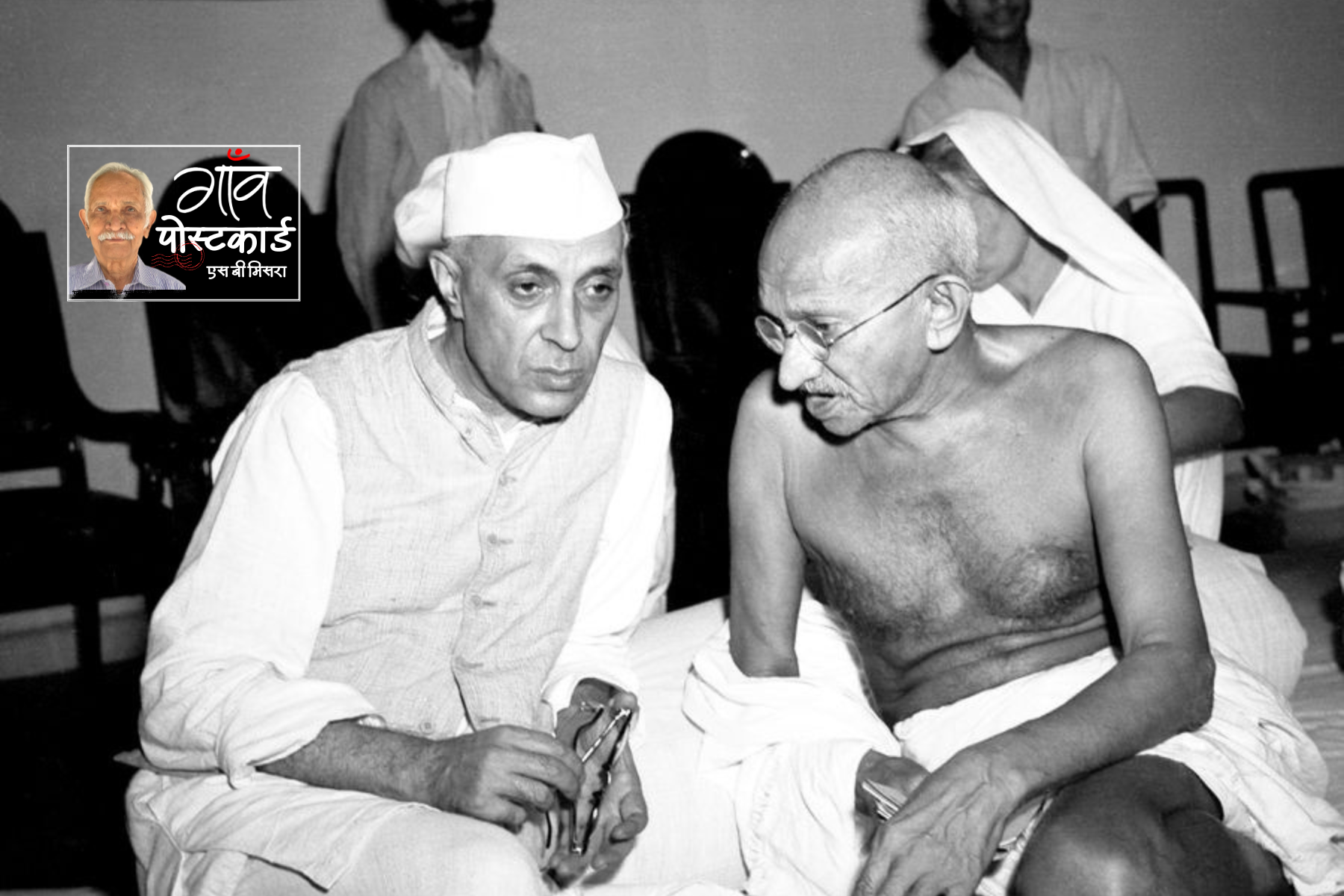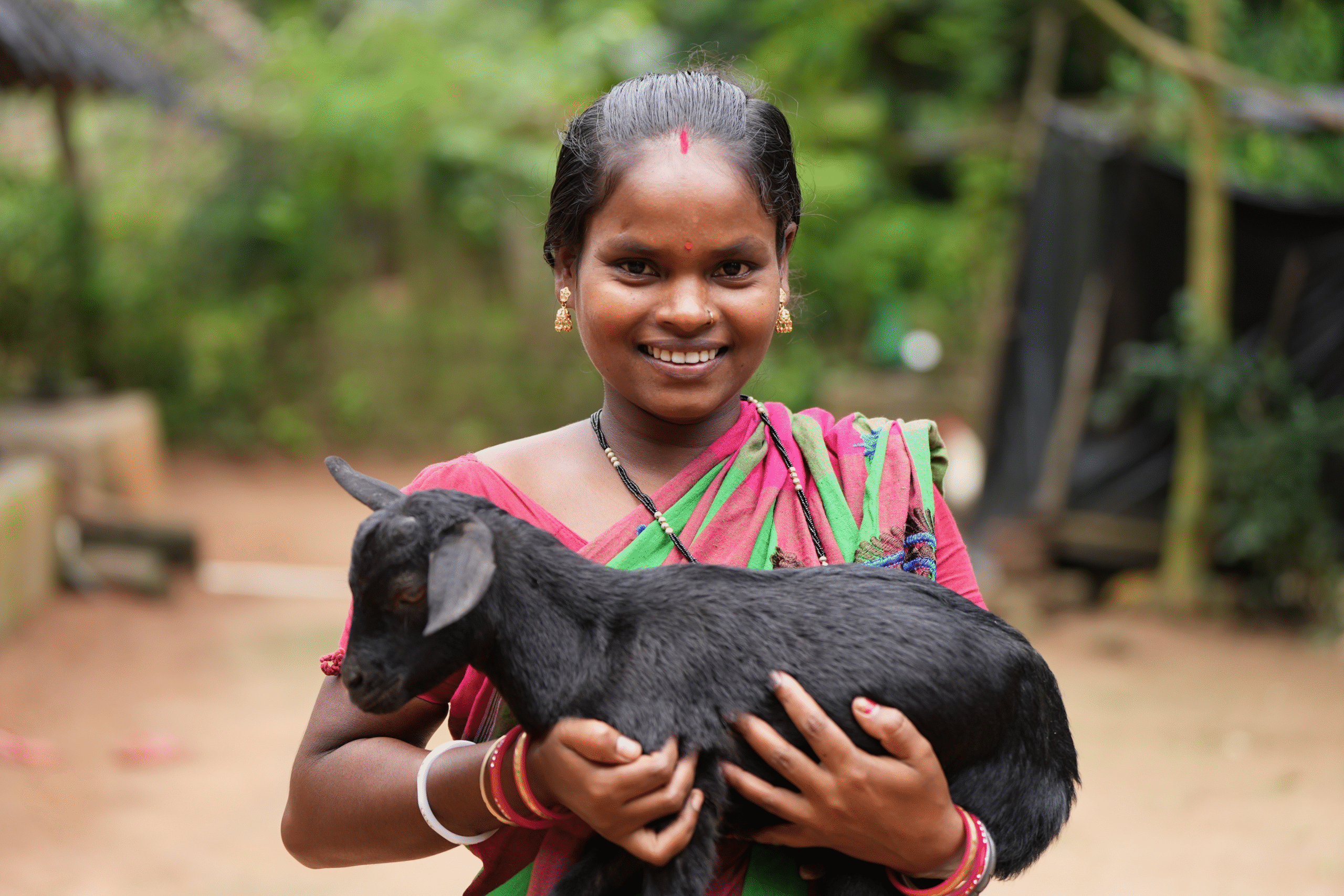Bhandaro (Gorakhpur), Uttar Pradesh
Shazia Bano holds up the ‘Big Book’ with its colourful pictures and words in a big friendly font. The 36-year-old is a primary school teacher in Bhandaro village, Jungle Kauria block, in Gorakhpur, Uttar Pradesh. Her class of 11 boys and 18 girls, look wide-eyed and enthralled.
The story about a bird who outwits a cat, unfolds, one page at a time. Every now and then, Shazia stops and asks her audience what is happening in the story. And, they respond enthusiastically.
The walls of her classroom are colourful with posters. Written on the black board with chalk are the words Kahani – Do Chitiyan. It is probably the next story that will be shared with the class.
The ‘Big Book’ was introduced by NIPUN Bharat (National Initiative for Proficiency in Reading with Understanding and Numeracy) launched under the aegis of the Centrally Sponsored Scheme of Samagra Shiksha in July 2021. The initiative aims to equip every child in the country with Foundational Literacy and Numeracy (FLN) skills by 2026-27.
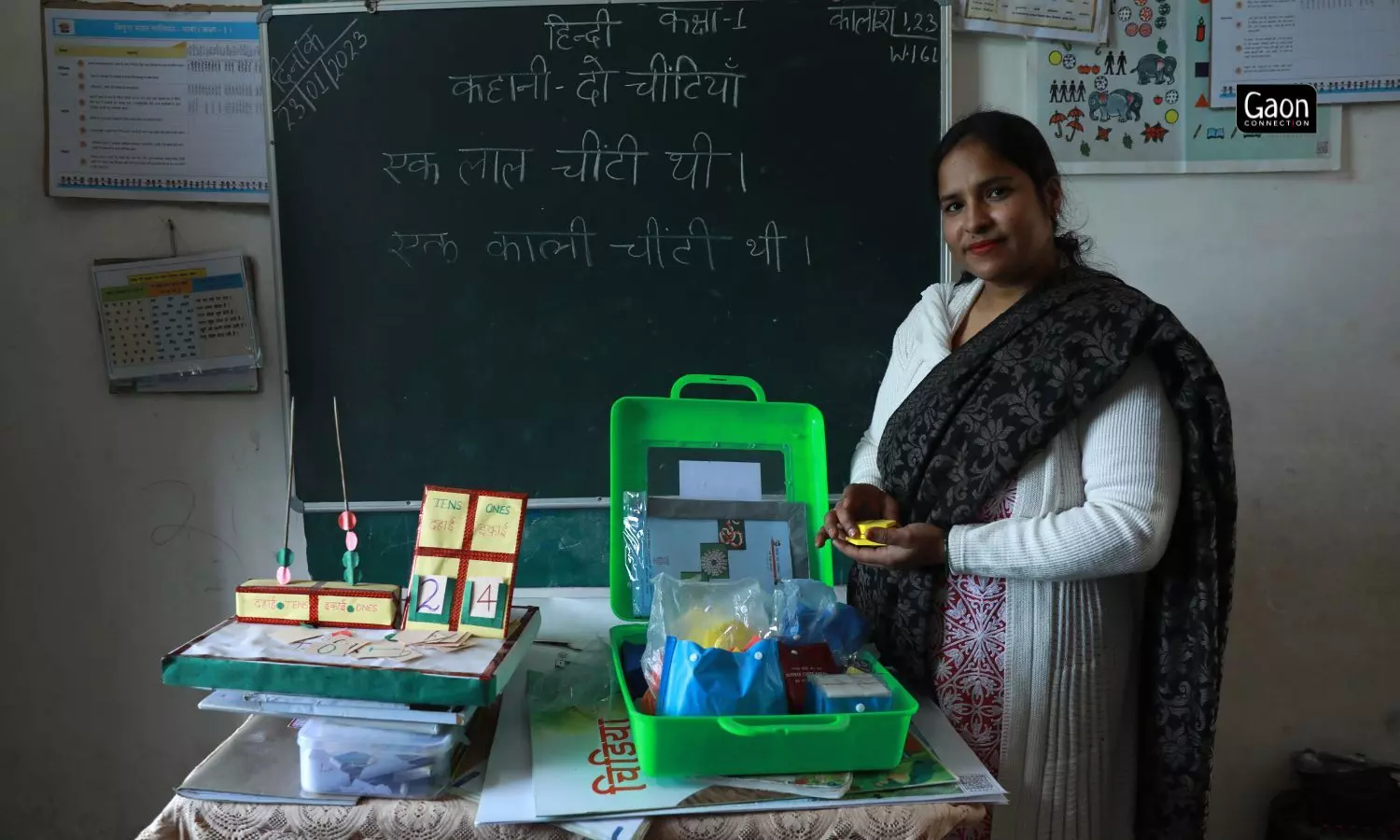
Apart from the Big Book, a maths kit— which has counting tiles, shapes, a clock to teach time reading; posters of poems; and language alphabets have been provided to schools as teaching aids.
Under the guidelines, the government has specified a criteria for each standard to attain the NIPUN Lakshya (See Figure) with a strong focus on class I, II & III. Unlike the regular curriculum books that are often dull and uninspiring visually, the glossy Big Book — full of animal and bird stories — hopes to make a visual impact and grab the attention of the children.
Also Read: A black umbrella, an LED TV and bagless education — a primary govt teacher in Bilaspur drives change
Out of the 29 students in Shazia’s class, five have attained the set goal under NIPUN. The curriculum is 22 weeks long and was initiated in August 2022.
Apart from the Big Book, a maths kit— which has counting tiles, shapes, a clock to teach time reading; posters of poems; and language alphabets have been provided to schools as teaching aids. These are part of the Teachers’ Learning Material provided under NIPUN, and the teachers have been trained to use the same.
“Each school is running at a different pace, to ensure that nothing from the lesson plans is skipped and every child is carried forward under the NIPUN scheme,” Bano explained.
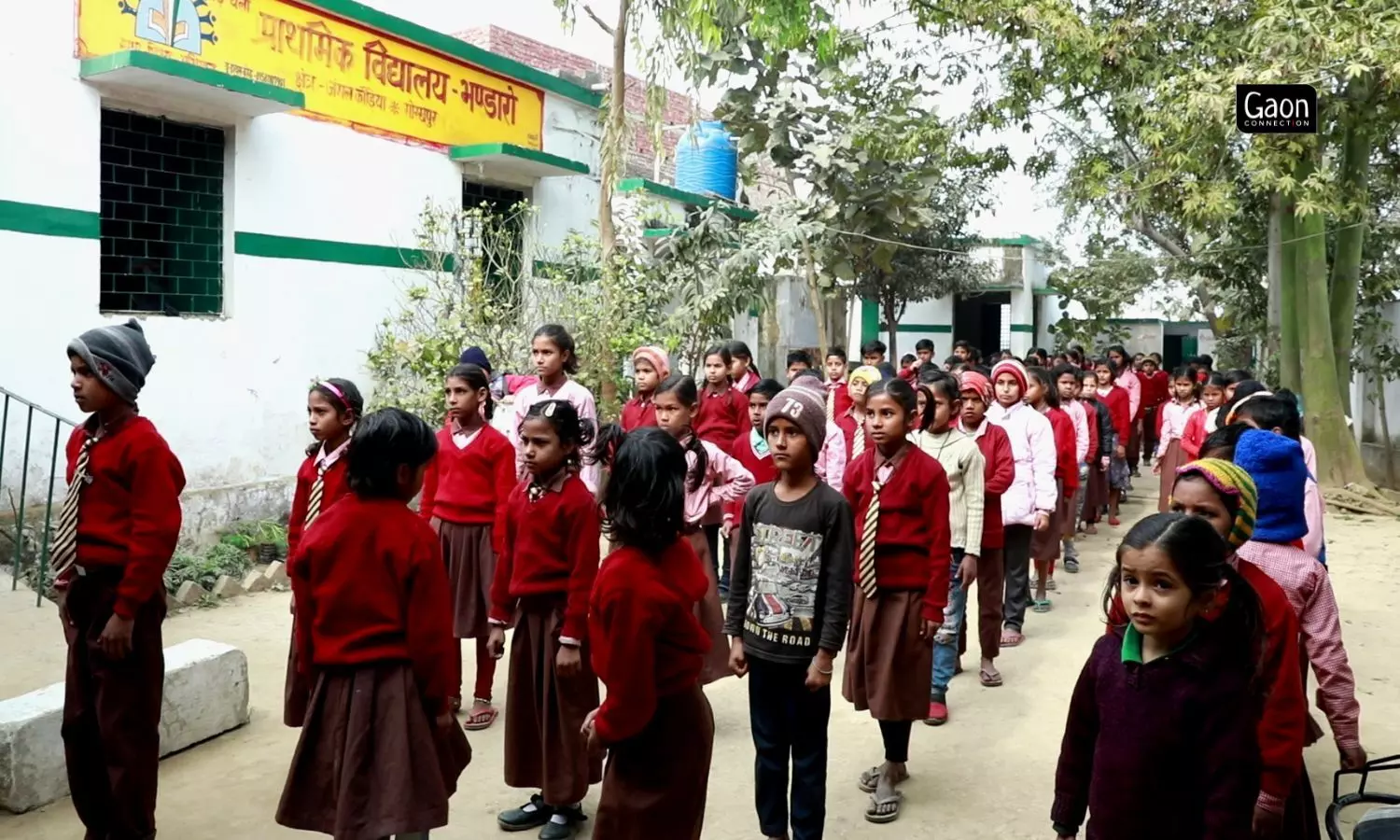
“A few are shy and take time to open up but with some love and patience they are able to respond to questions,” the teacher said.
Shazia explained how the purpose of the initiative was not just to make the children learn by rote. It was instead to equip them with the capability to deal with currency when they go to a shop, and be able to do the addition and the subtraction, and bring back the correct change.
The interactive teaching aids she has now also helps her engage those students who may not be proficient yet in writing. “Meera did not enjoy writing at all, and she would often absent herself from school. But the six-year-old is articulate orally and the interactive play methods I use in class has got her more interested and engaged in class than she ever was,” Shazia said.
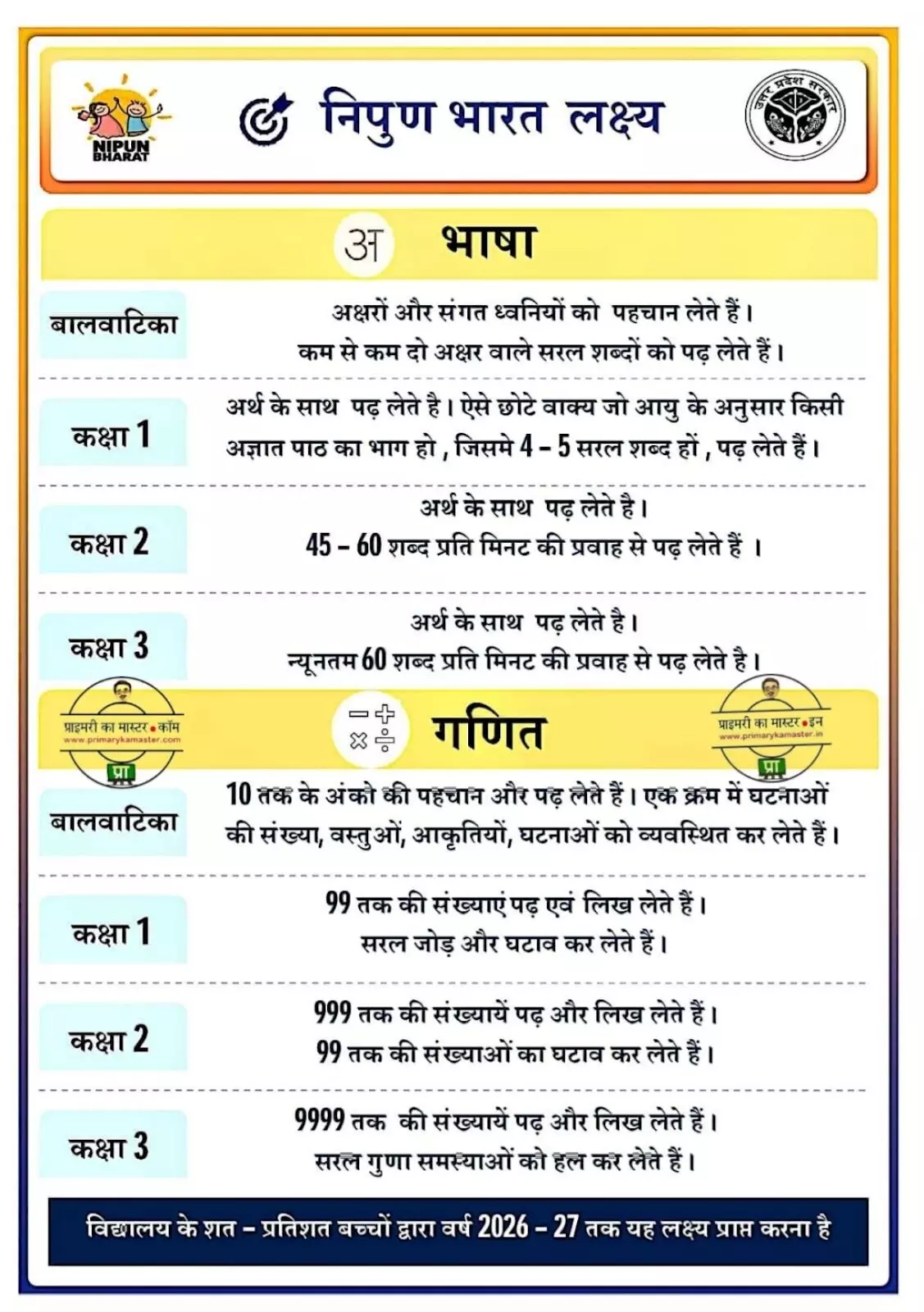
Also Read: “I learnt to read and write at the age of fifteen. And I am a teacher today.”
But there are very real challenges, Shazia said. She has students of classes one and two in the same classroom. Then, there are children who are way below the level they should be on. And, often, she has to start from scratch, before she can move on. This means she has to keep a balance and while she is bringing those children up to scratch, the rest of the class has to be kept engaged.
But, no matter what the struggles and challenges there is an abundance of love in her class.
“We love Shazia madam and hate it when she is on leave,” Ananya, a six-year-old student of Shazia, told Gaon Connection.
NIPUN Bharat
In association with the Central Square Foundation (CSF) — a non-profit working towards ensuring quality school education — the Uttar Pradesh government is trying to up its primary education system under the NIPUN Bharat initiative. CSF points out that FLN levels in India are low.
ASER 2022 (Annual Status of Education Report) released on January 18 this year recorded that the percentage of children in Std III in government or private schools who can read at Std II level dropped from 27.3 per cent to 20.5 per cent; it was a drop from 50.5 per cent to 42.8 per cent for Std V; and from 73 per cent to 69.6 per cent for Std VIII, between 2018 and 2022.
According to the report, in Gorakhpur, 56.9 per cent of children in Std III-V couldn’t read a Class II-level text; and 51.1 per cent couldn’t do a simple subtraction problem.
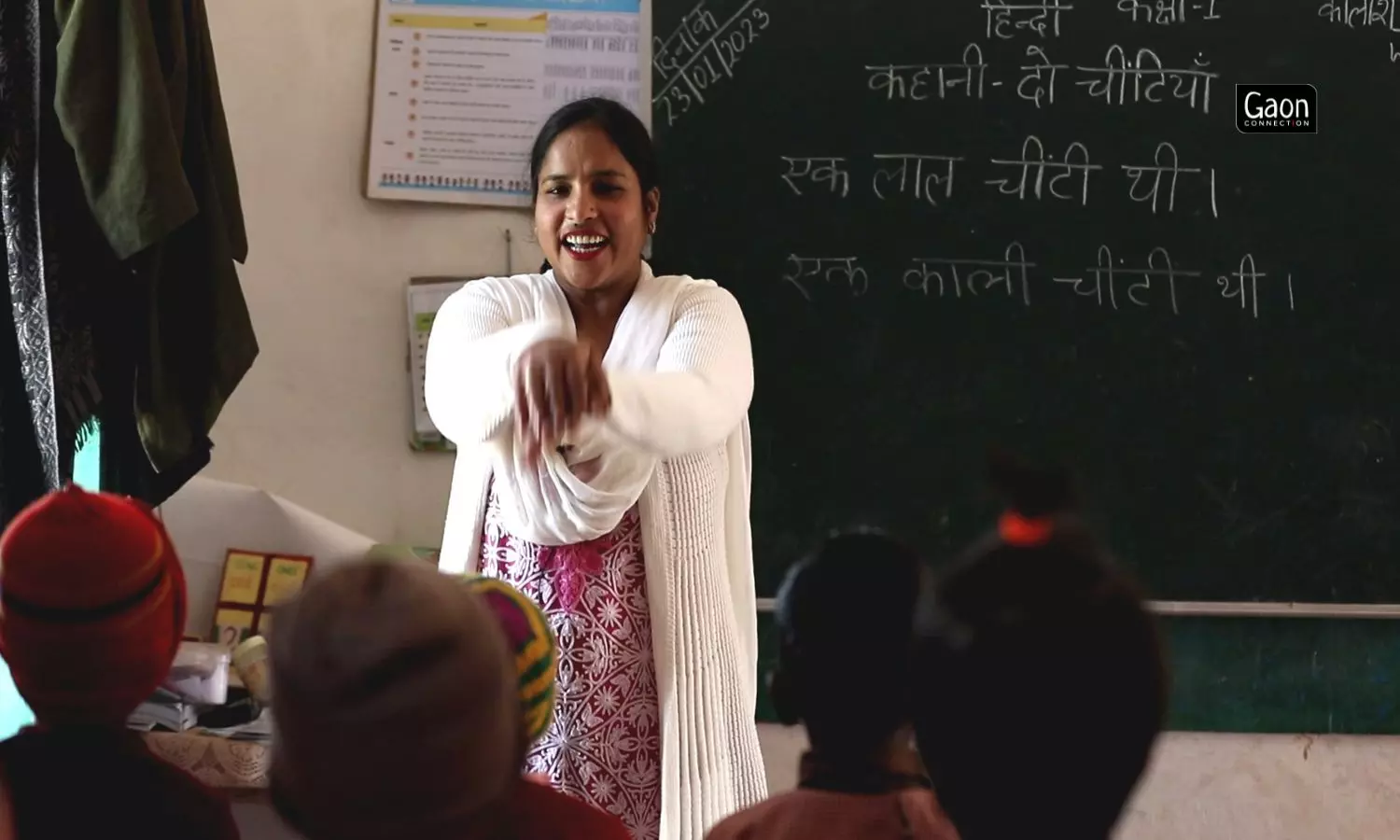
The National Education Policy (NEP) 2020 accords the highest priority to FLN skills and calls it an ‘urgent and necessary prerequisite to learning’. It says that ‘The rest of this Policy will become relevant for our students only if this most basic learning requirement (i.e., reading, writing and arithmetic at the foundational level) is first achieved’.
Also Read: A special educator gives children with intellectual disabilities a sporting chance to win accolades
NIPUN Bharat is very similar to Mission Prerna, a flagship programme launched in 2019 by the Uttar Pradesh government to strengthen primary education. Mission Prerna has since been relaunched with similar goals but a fresh interface.
Jungle Kauria block, where Shazia teaches, is one of the two chosen focus blocks to implement aggressive interventions under NIPUN Bharat.
Out of the 68 government schools in Jungle Kauria block, 43 are primary, the rest being composite. “We can only be called the NIPUN block if all of our 68 schools achieve the goal. Block by block, the idea is to present Gorakhpur as a model for other districts of the state,” Amitesh Kumar, Block Education Officer, told Gaon Connection.
The deadline set for this block to achieve the NIPUN goal is December 2023, whereas for the entire Gorakhpur, it is December 2024.


